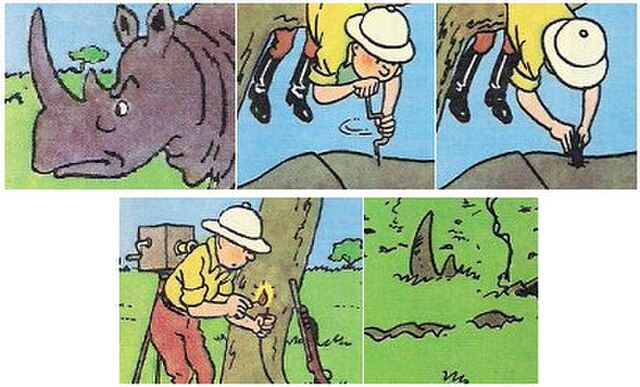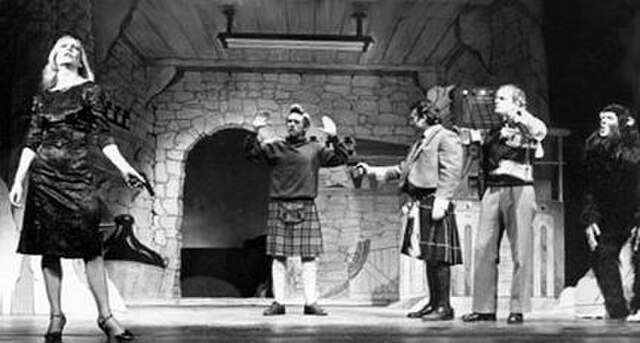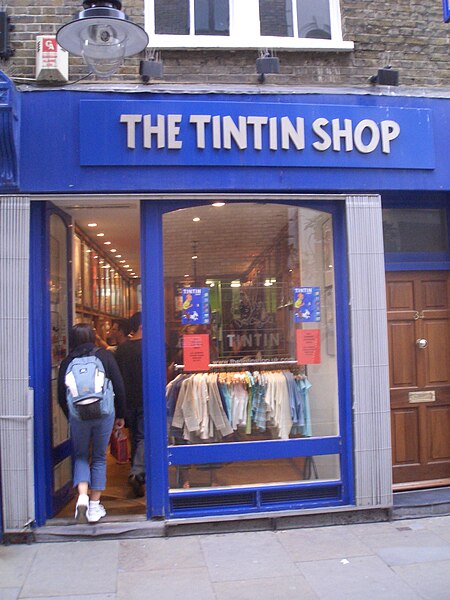The Blue Lotus is the fifth volume of The Adventures of Tintin, the comics series by Belgian cartoonist Hergé. Commissioned by the conservative Belgian newspaper Le Vingtième Siècle for its children's supplement Le Petit Vingtième, it was serialised weekly from August 1934 to October 1935 before being published in a collected volume by Casterman in 1936. Continuing where the plot of the previous story, Cigars of the Pharaoh, left off, the story tells of young Belgian reporter Tintin and his dog Snowy, who are invited to China in the midst of the 1931 Japanese invasion, where he reveals the machinations of Japanese spies and uncovers a drug-smuggling ring.
Cover of the English edition
Japanese soldiers enter Shenyang during the Mukden Incident in 1931, one of the events of the contemporary Sino-Japanese War depicted in The Blue Lotus.
The Blue Lotus on the front cover of an edition of Le Petit Vingtième.
Hergé biographer Benoît Peeters considered The Blue Lotus to be a turning point in The Adventures of Tintin "both graphically and ideologically".
The Adventures of Tintin is a series of 24 comic albums created by Belgian cartoonist Georges Remi, who wrote under the pen name Hergé. The series was one of the most popular European comics of the 20th century. By 2007, a century after Hergé's birth in 1907, Tintin had been published in more than 70 languages with sales of more than 200 million copies, and had been adapted for radio, television, theatre, and film.
The early Adventures of Tintin naïvely depicted controversial images, which Hergé later described as "a transgression of my youth". In 1975, he substituted this sequence with one in which the rhino accidentally discharges Tintin's rifle.
Tintin and the Black Island at the Arts Theatre in the West End of London, by the Unicorn Theatre Company, in 1980–81
The Tintin Shop in Covent Garden, London
Belgian Post's series of postage stamps "Tintin on screen" issued 30 August 2011 featuring a chronological review of Tintin film adaptations made through years.








